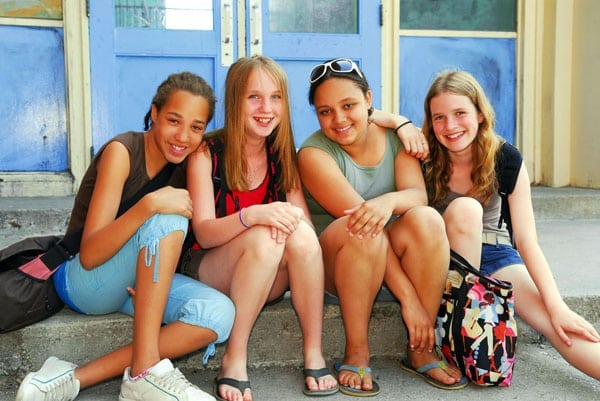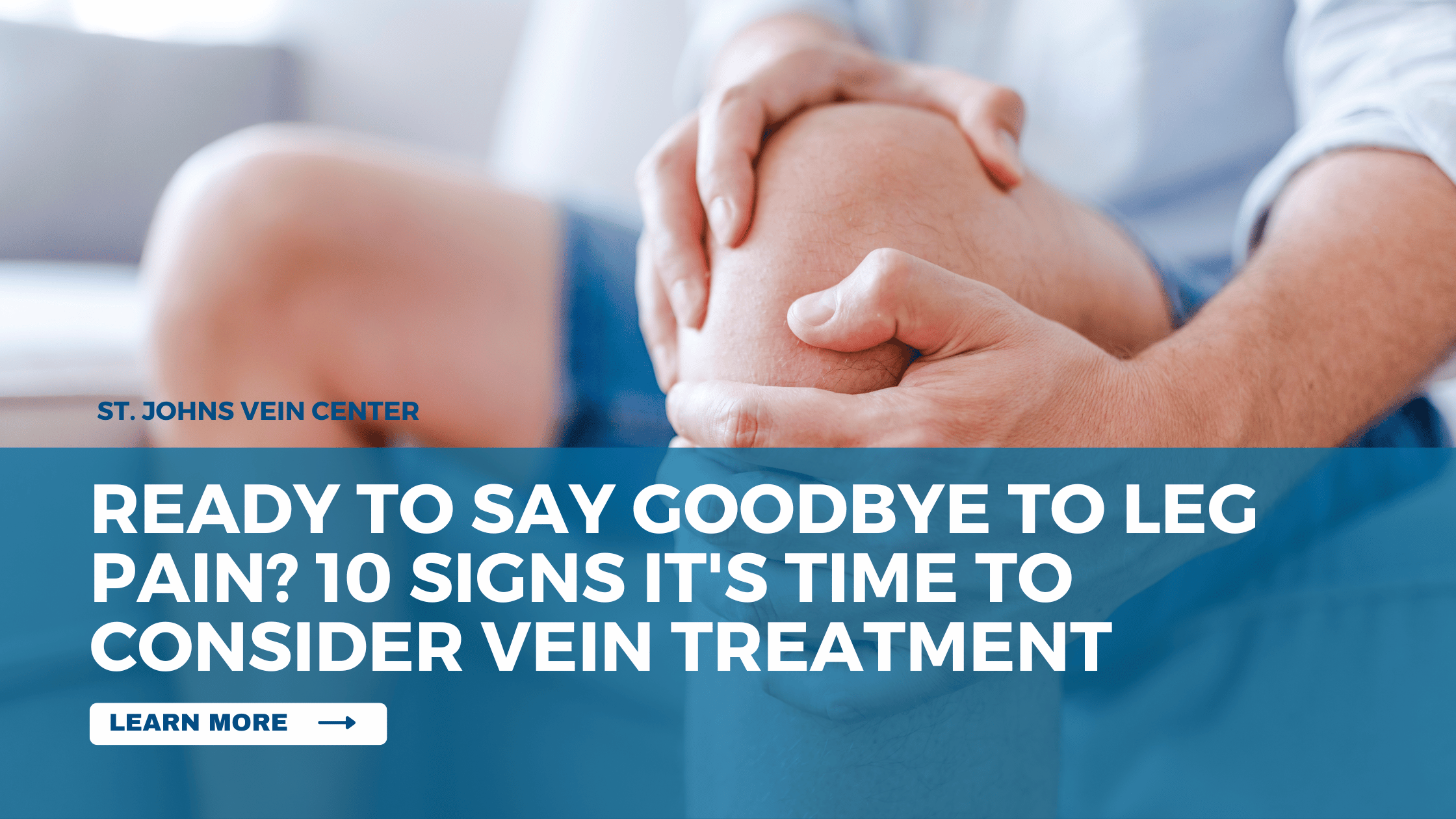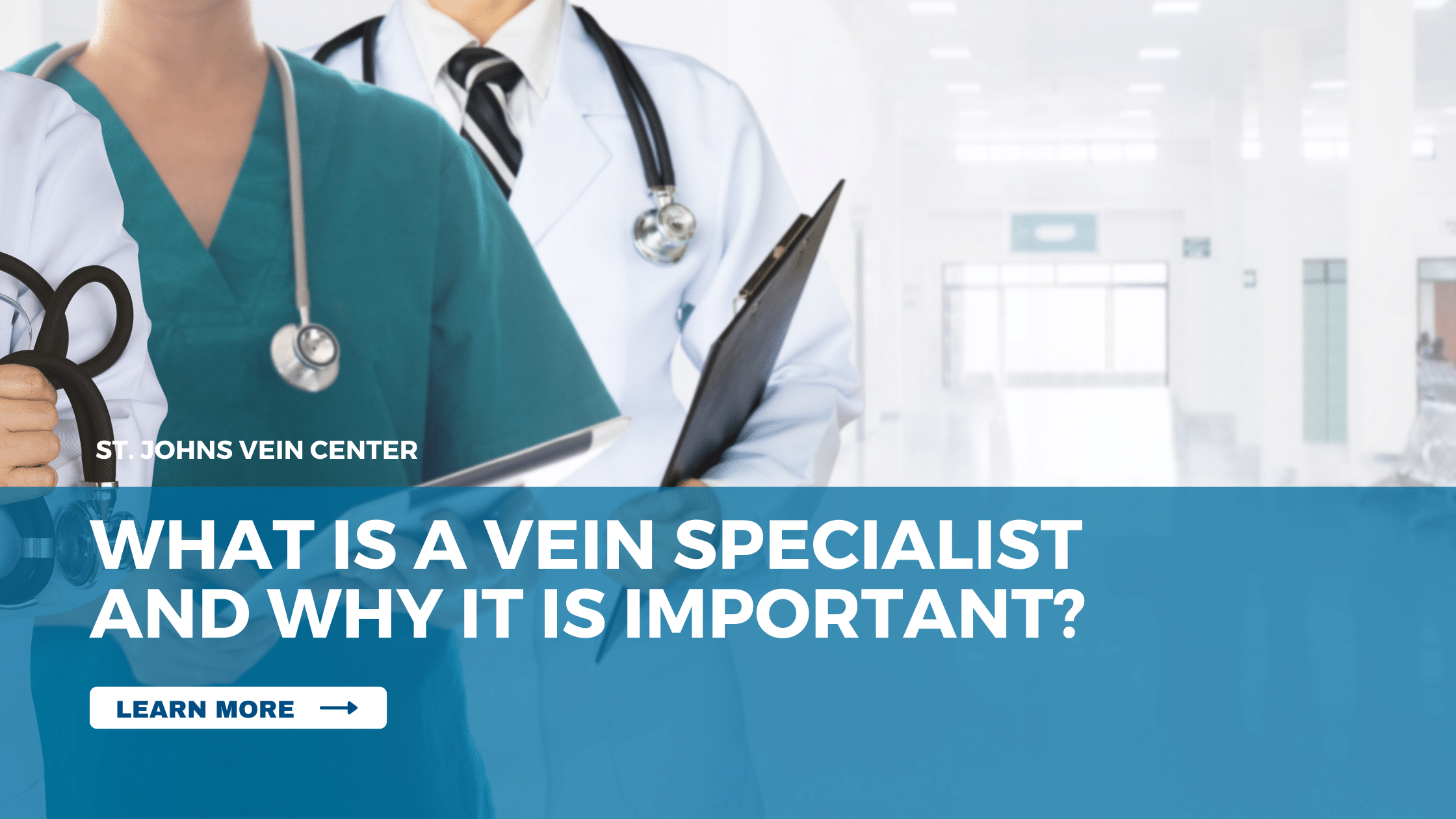
It’s widely assumed that only adults get spider veins. Jacksonville’s St. Johns Vein Center says that’s untrue. While adults, particularly women, represent the largest sector of patients by far, children may also be susceptible to vein conditions.
Spider veins essentially are dilated blood vessels that form when weakened valves diminish a blood vein’s ability to push blood back to the heart. As a result, blood pools inside the veins, causing them to swell and bulge. Spider veins typically appear on a patient’s legs and feet and resemble a spider web or tree branch, with broken up capillaries producing short and jagged lines. They can be bluish, reddish or flesh-toned in color and may appear flat or bulge slightly above the skin’s surface.
Children’s spider veins may occur for several reasons:
- Heredity: The tendency to develop abnormal veins is largely hereditary. So, if you or your parents have spider veins, chances are your children will develop them at some point in their lives. Many patients report noticing their first spider vein as a young teenager.
- Obesity: Extra weight is a top cause of spider veins and varicose veins – no matter the patient’s age.
- Too -tight clothing: Clothing that’s tight around the waste, upper thighs and legs can contribute to spider veins. (Note that compression hose, used to treat spider veins varicose veins, are worn on the lower part of the leg and feature a graduated tightness.)
- Other conditions: Spider veins in children may be a symptom of a more severe underlying medical condition such as scleroderma, a degenerative disease associated with blood vessel abnormalities. Children may also be born with venous malformations that may appear, in part, as spider veins.
These are some of the reasons why children get spider veins.
Most children do not require treatment; however, if you have concerns, call the St. Johns Vein Center at 877-640-VEIN (8346) or use our online consultation scheduling form.



